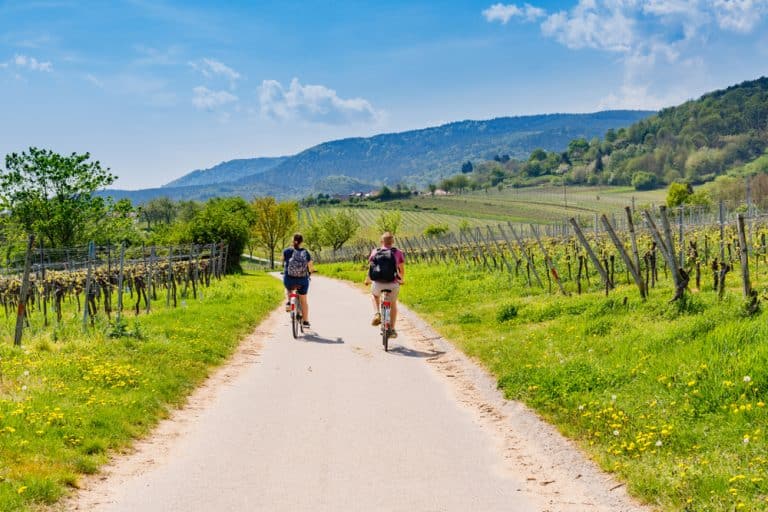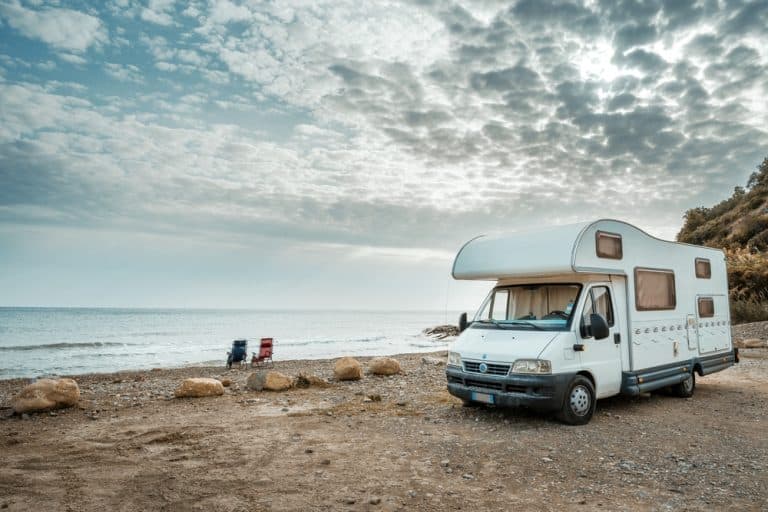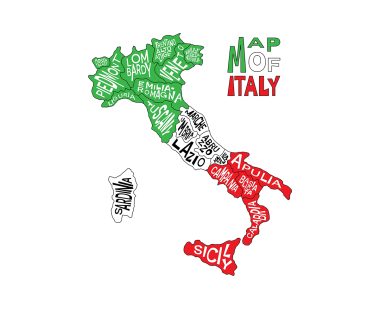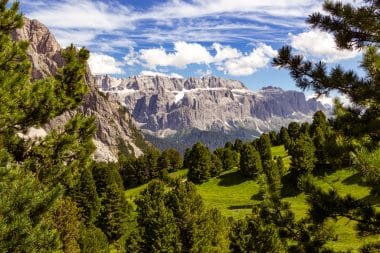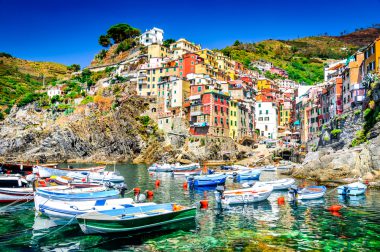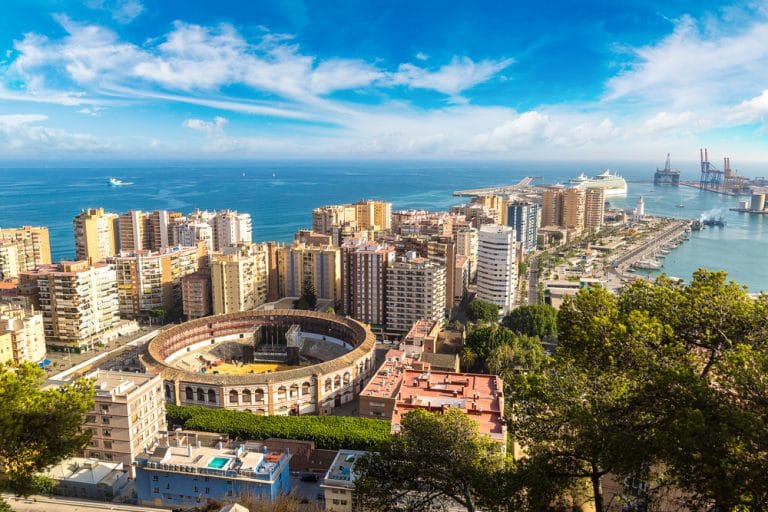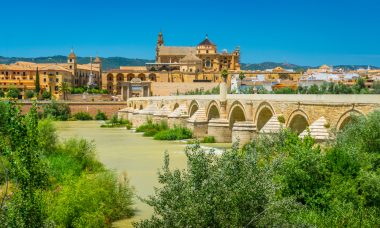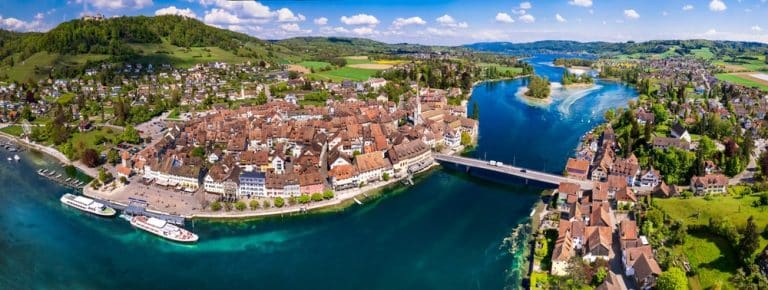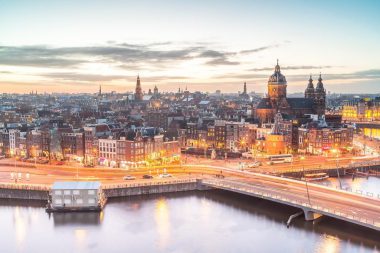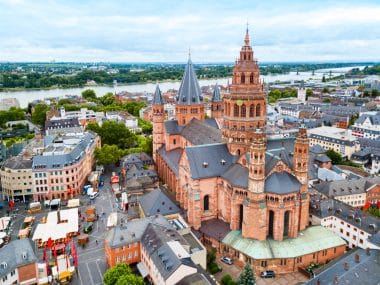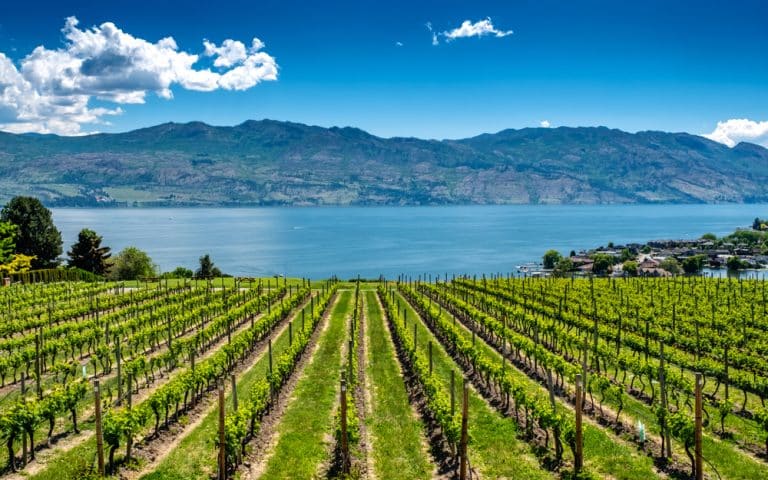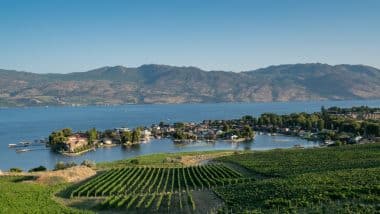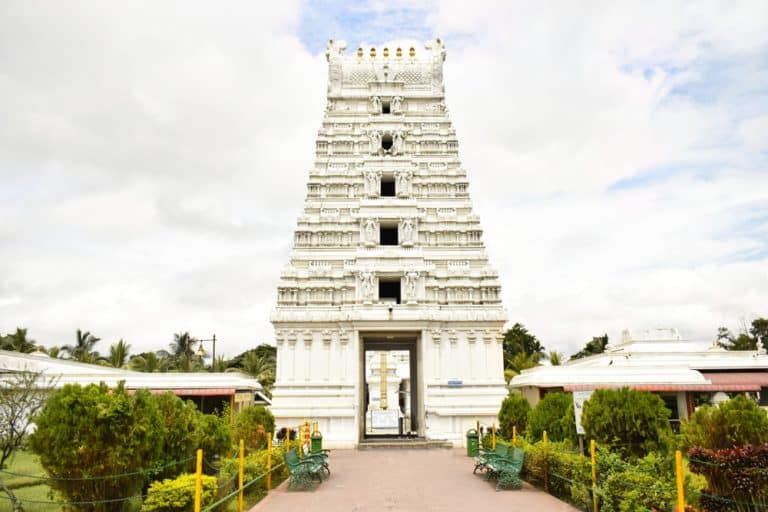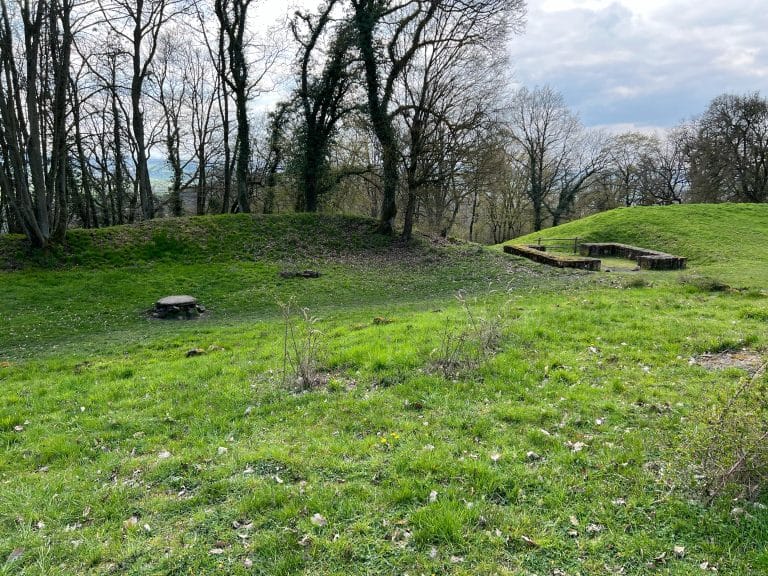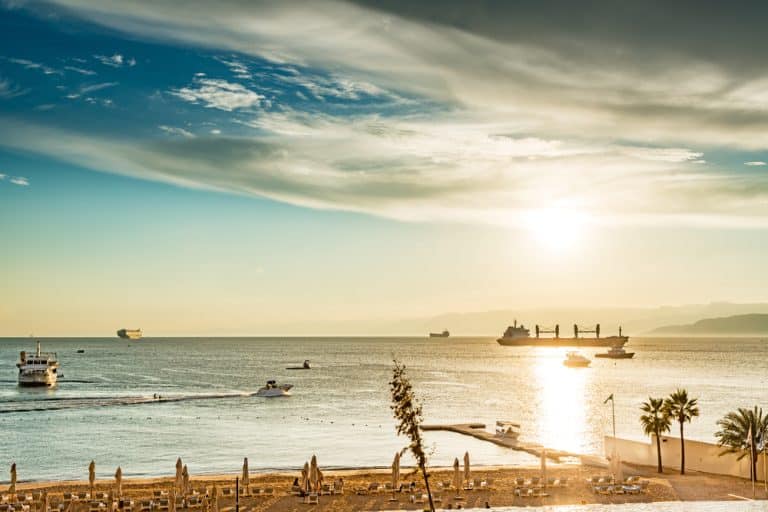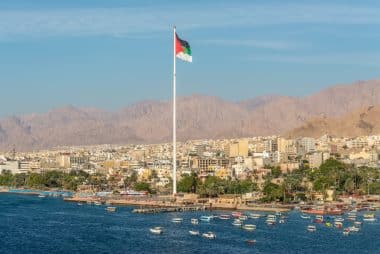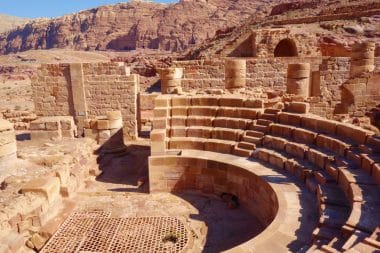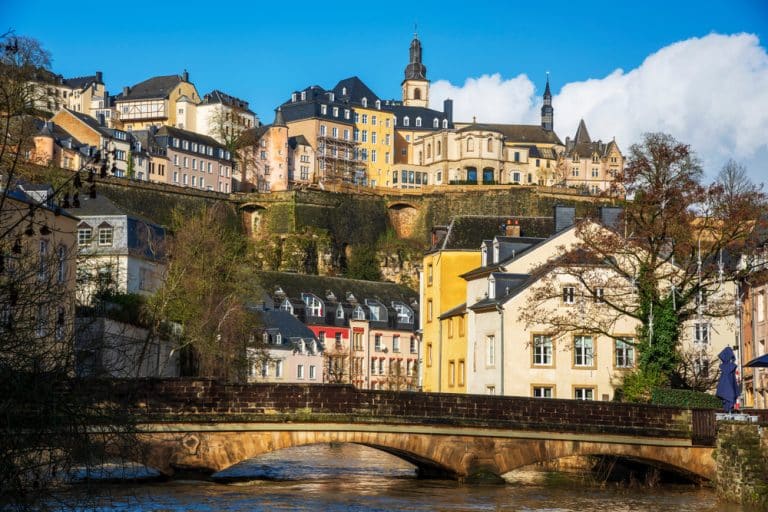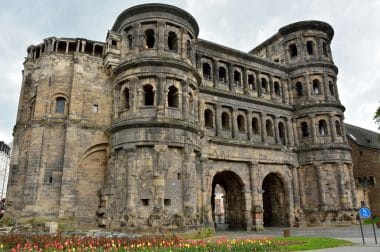For many people, traveling is an indispensable change from everyday life and is indispensable despite climate and environmental crises. In times when the average temperature is rising worldwide and plastic waste is accumulating in the oceans, more and more travelers are trying to find a sustainable solution for their vacation. This is not always easy, especially for package travelers, because a flight followed by a stay in an all-inclusive hotel is not exactly considered climate and environmentally friendly. However, if holidaymakers change their habits without sacrificing travel quality, our planet can be helped to some extent. Find out how to do this and what you can do to make your well-deserved holiday more sustainable here.
These means of transport are particularly sustainable
How climate-friendly and environmentally friendly a trip is already stands and falls with the means of transport with which you set off. Air travel is currently not really sustainable and should only be taken if you want to reach a faraway destination. If you pay attention to sustainability, you should therefore avoid the leisure airline when traveling within Europe. Even if you travel to your holiday home in a combustion car, you save a lot of CO2 compared to flying. Travelling by train or a hybrid or electric car is even more climate-friendly. A train ride also makes it possible to enjoy the journey and simply sit back. The longer travel time can be used for reading, listening to music or playing board games. Especially for families, a train journey can be very relaxing, so that the holiday already begins on the way. If you want to be mobile at your holiday destination, but at the same time want to be sustainable, you can also use a hybrid car here. Since shorter distances are usually covered during the holiday anyway, often even a car with an electric motor is sufficient.
Destinations: Distance is not everything
Travelling within Europe is not spectacular enough? This is a fallacy. The continent offers diverse and interesting travel destinations. If you haven’t seen every country yet, you can plan to visit them before going on a long-distance trip again. Neighboring countries or countries that offer a good infrastructure for travel are particularly interesting for a sustainable trip. For example, if you want to travel to Italy , you can explore the north of Italy instead of thinking about flying to Sardinia. The distance of a sustainable trip naturally plays a role in terms of the duration of the journey. If you live in southern Germany, Austria, Switzerland and the north of Italy are at your feet. Scandinavia is a relatively close holiday destination for northern German travellers, while from eastern Germany you can easily explore the Czech Republic, Poland or the Baltic Sea coast. The Netherlands or France can be reached by West German holidaymakers without extremely long travel times. Within a country, there is a lot for holidaymakers to discover. A single trip is often not enough to have seen everything. Therefore, it is not absolutely necessary for every holidaymaker to visit a different country every year. If you want to be particularly sustainable when it comes to travelling, then simply explore neighbouring countries and the most beautiful places in Europe piece by piece.
Sustainable accommodation
When is accommodation sustainable at all? Many travelers often ask themselves this question when they start planning their vacation. In general, accommodation in a holiday home or holiday apartment has a much lower impact on the environment and climate than staying in a hotel or holiday park. In hotels and holiday resorts, holidaymakers are pampered around the clock, but buffets and all-inclusive offers create significantly more waste and more resources are needed to keep guests happy. Those who spend their holidays in a holiday apartment usually take care of themselves and only buy the quantities that they really need. On days when you don’t feel like taking care of yourself and your fellow travelers, you can switch to restaurants. These are usually located near holiday homes and residential complexes and offer additional comfort. Travelers who like to be in nature and want to be very flexible can take advantage of the numerous campsites in Europe. Travelling with a tent or caravan is also sustainable and conserves resources.
The ideal balance between travel fun and sustainability
Reading tip: Good Places for Good People – 50 truly sustainable goals in Europe

Travel to where sustainability is lived Sustainability is now just as much a matter of course as unique experiences and relaxation. The inspirational illustrated book Good Places for Good People presents 50 accommodations and destinations in Europe that not only meet current environmental standards, but also ensure an enjoyable and stylish break in every price category. Whether city hotel or tree house, wellness resort or farm: the hosts of these hand-picked places are committed to the careful use of resources, cook fresh and regional food and are committed to nature and people in their region. The perfect inspiration for those who want to travel in an environmentally conscious way – without compromise.
Truly sustainable travel ideas for a good holiday feeling
In order to enjoy a well-deserved holiday, travellers should try to find the ideal balance between their own demands and sustainability. If you want to treat yourself to a flight with a stay in a luxury hotel, you should of course do so. In return, the next trip could be a little more sustainable. To make a climate-friendly and environmentally friendly journey more comfortable, holidaymakers can, for example, reserve seats on the train or book a 1st class ticket. Holiday homes and apartments are available for every taste and requirement. Sustainable travel is therefore very individual and can inspire every holidaymaker.


